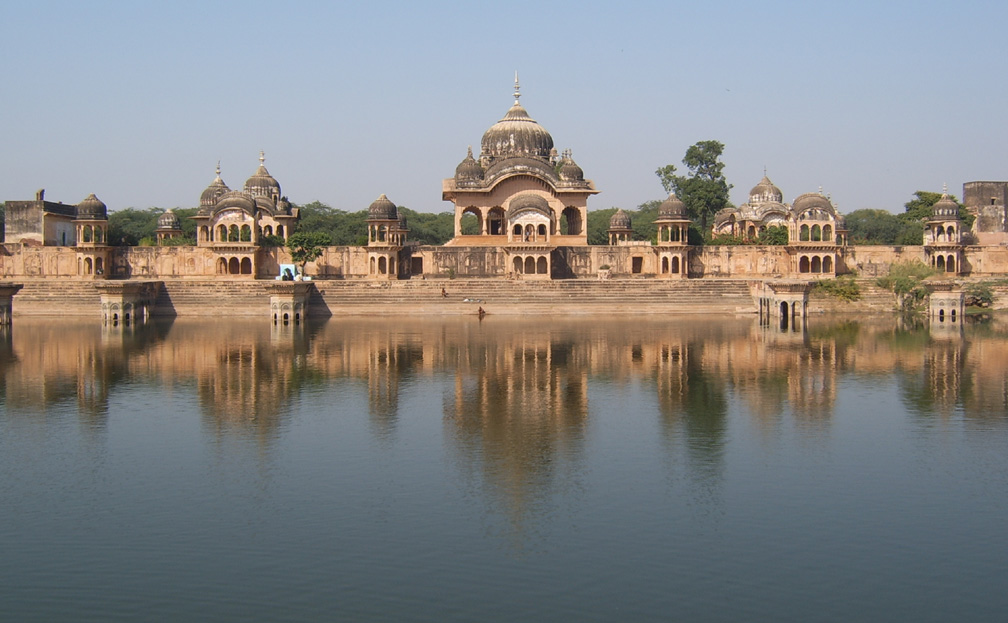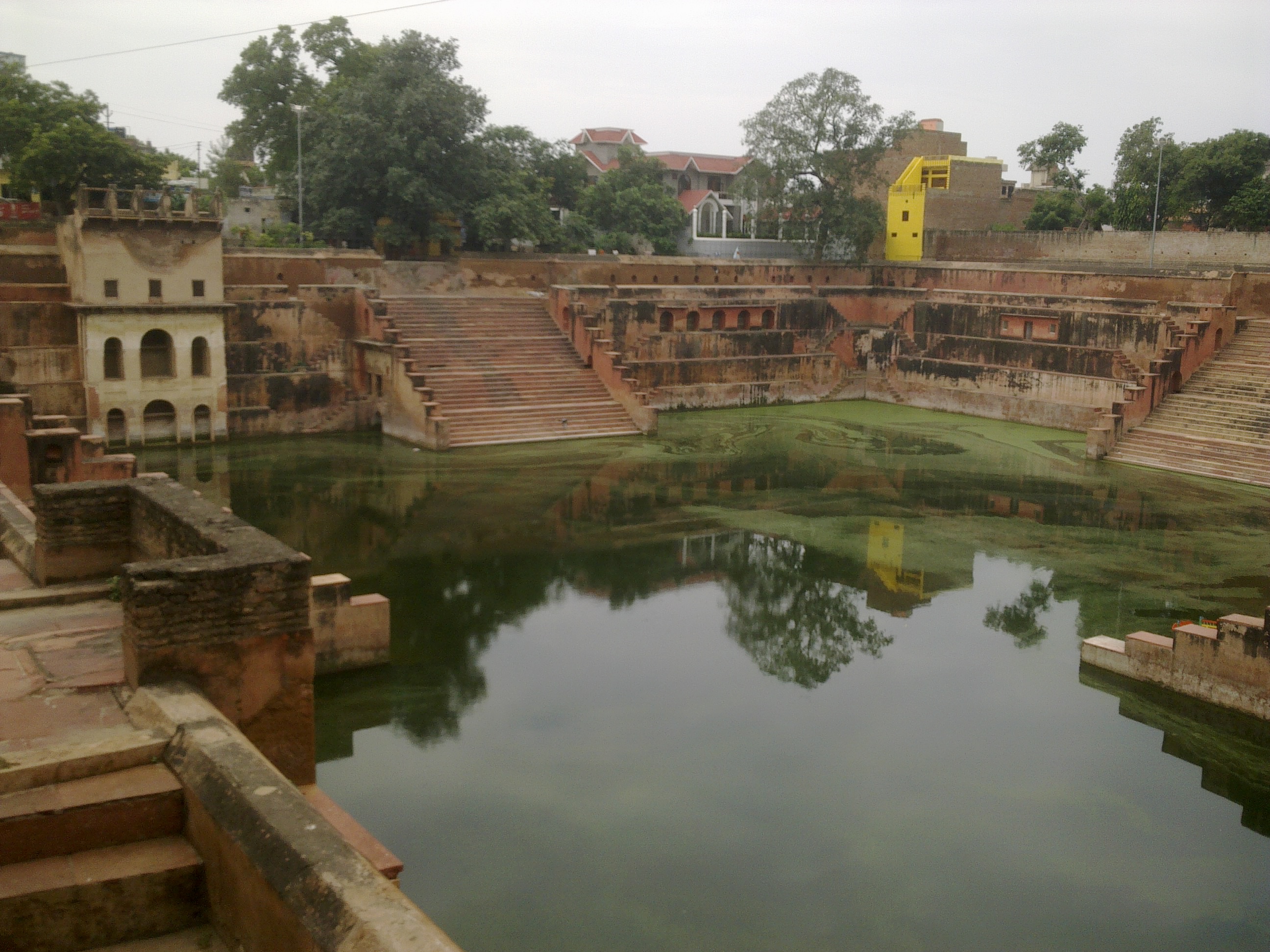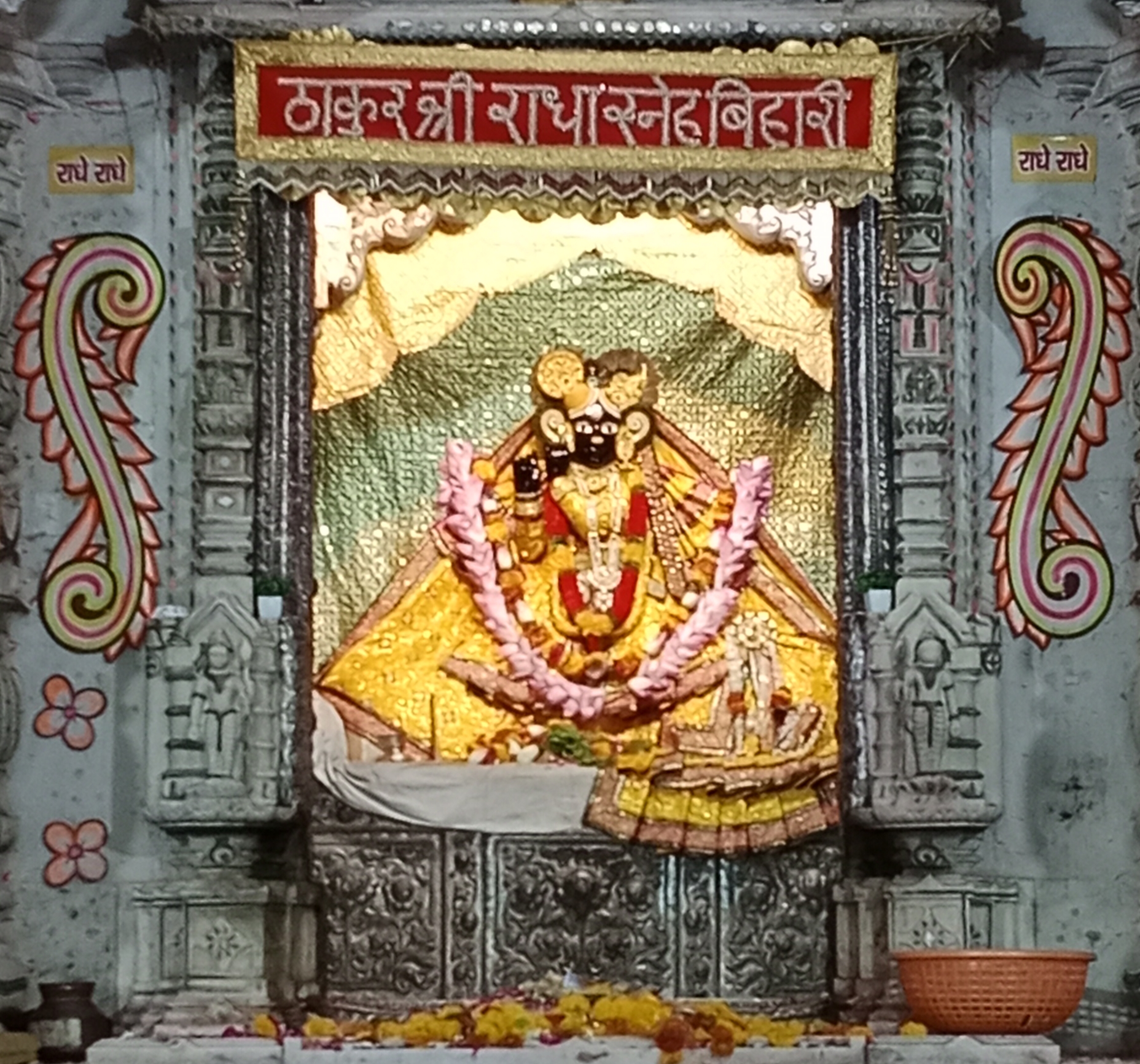Kesi Ghat stands as a profound testament to the spiritual landscape of Vrindavan, rooted deeply in the divine narratives of Lord Krishna. Located along the sacred Yamuna River, this ghat embodies a confluence of mythological significance, historical depth, and ongoing cultural vibrancy that transcends mere geographical boundaries.
The legendary encounter between Lord Krishna and the demon Kesi represents a pivotal moment in Hindu mythology, symbolizing the triumph of divine power over malevolent forces. According to sacred texts, Krishna transformed a ferocious horse-demon into a vanquished entity at this very location, establishing the ghat's primordial spiritual significance. This epic confrontation is not merely a mythological tale but a metaphorical representation of the eternal battle between good and evil.
Architecturally, Kesi Ghat reflects a fascinating blend of Rajasthani and Mughal design influences, constructed in the 17th century under royal patronage. The stone steps descending towards the Yamuna River are adorned with intricate miniature paintings and small temples, each structure telling a silent story of devotion and artistic expression. The ghat's design mirrors the cultural synthesis that characterized medieval Indian architectural traditions, representing a nuanced dialogue between different aesthetic paradigms.
The spiritual ecosystem of Kesi Ghat extends far beyond its physical infrastructure. Daily aarti ceremonies transform the location into a living, breathing manifestation of devotional practices. As evening descends, melodious chants merge with the rhythmic ringing of bells, creating an ethereal atmosphere that connects contemporary devotees with centuries-old traditions. Saints, pilgrims, and spiritual seekers converge here, performing rituals, meditating, and participating in kirtan—perpetuating a centuries-old tradition of spiritual communion.
Vrindavan's socio-religious landscape has been profoundly shaped by movements like Vaishnavism, with saints such as Chaitanya Mahaprabhu playing transformative roles. Kesi Ghat emerged as a critical node in this spiritual geography, attracting pilgrims and fostering a robust ecosystem of religious scholarship and devotional practice. The ghat represents more than a physical location; it is a living archive of spiritual memory and continuous religious evolution.
The cultural significance of Kesi Ghat extends beyond its religious dimensions. It serves as a vibrant intersection where mythology, history, and contemporary experience converge. Visitors can engage in activities ranging from ritualistic bathing in the Yamuna to participating in traditional ceremonies, each interaction adding another layer to the ghat's rich narrative tapestry. The site's accessibility and openness have contributed to its growing popularity among both domestic and international tourists.
Environmental consciousness has increasingly become integral to Kesi Ghat's contemporary narrative. Efforts to preserve the sanctity of the Yamuna River and maintain the ghat's ecological integrity reflect a growing awareness of sustainable spiritual practices. Local and governmental initiatives are gradually transforming the site into a model of responsible cultural preservation, balancing traditional reverence with modern conservation principles.
As global interest in India's spiritual heritage continues to grow, Kesi Ghat stands as a compelling destination that offers more than mere historical or religious exploration. It represents a living, breathing ecosystem of spiritual experience, where ancient narratives continue to resonate with contemporary seekers. The ghat remains a powerful reminder of the enduring connection between myth, landscape, and human spiritual aspiration.








